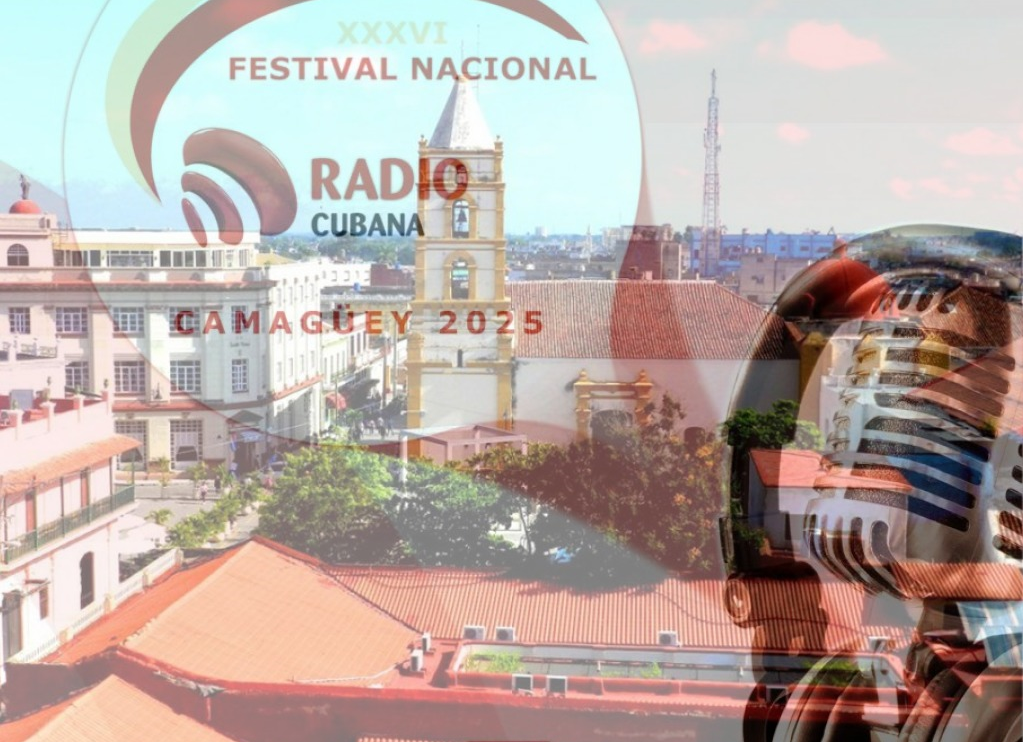
Camagüey, June 4th. - The city of Camagüey becomes the epicenter of the 36th National Festival of Cuban Radio, bringing together delegates from across the country in an event that promises to be a true stimulus for training and creation in the radio field.
During the festival, the heritage city will be the stage for an exchange of experiences and innovative ideas. Conferences and panels will be held to analyze the strategies and challenges of radio production in the face of media campaigns by the United States and its allies against Cuba.
Likewise, ideas and debates will be encouraged on the relationship between the community, the Social Communications Law, and the audio medium, promoting a participatory and democratic approach to its management.
One of the highlights of this edition will be a series of theoretical sessions dedicated to artificial intelligence in radio production. Experts will address the possibilities and challenges this technology offers for improving the quality and efficiency of content, as well as the need to develop policy and regulatory proposals to regulate its use in an ethical and responsible manner.
Radio has historically been a fundamental tool for education, culture, and the transmission of values ??in the community. It not only informs, but also unites people around their roots and aspirations, strengthening the sense of identity and belonging in every corner of the country.
The 36th National Cuban Radio Festival Camagüey 2025 reaffirms the importance of radio as a lively, dynamic, and essential medium for Cuba's cultural and social development.
Camagüey stands out in the history of media on the island. Local patriot and musician Luis Casas Romero initiated continuous radio broadcasting on the island by establishing the first station, 2LC, in Havana on August 22, 1922. Two years later, on January 16, 1924, station 7AZ broadcast from the Hotel Plaza in Camagüey, becoming the first station outside Havana to obtain a license.
The region's radio tradition is based on the talent of men and women who have made this medium their profession and a way to support their people in every moment. Currently, the region has 11 radio stations that keep this important tradition alive. (Text and photo: Maykel Torres La Rosa/Radio Cadena Agramonte)